The floor exercise is a fan-favorite event. In this event, athletes are able to show off their personality with both music choice as well as dance moves.
Requirements:
The floor exercise is one of the most requirement-heavy events in gymnastics. Not only are they required to do flips, but the gymnasts must have dance elements as well.
To have a full routine, a gymnast’s leap sequence must have two different parts, one of which must have a 180-degree split.
Two tumbling passes are required. Most gymnasts do three to make sure they can get all the elements in that are needed. One pass must have three parts, but all passes must be a combination of both flipping forwards and backwards. The final pass must end with a C-level skill.
Dance elements, according to the NCAA rulebook, can connect the elements and are not limited to “running steps, small leaps, hops, chassés, assemblés, or any kind of turn on 1 or 2 feet between the two dance Value Part elements.”
Some schools like to add other requirements — like flashing the “U” — to make routines more unique. It also gets the audience involved.
Deductions
With the floor routine, there are two different categories for deductions. There are deductions from form and composition during the routine.
Composition deductions are things like lack of variety of both acro and dance elements and the distribution of the elements. If a gymnast does not use the whole floor during their routine, they risk losing 0.05 off their total score. According to the NCAA rulebook, if a gymnast’s choice of elements is not up to competitive standards, they lose a flat 0.1.
Form deductions are things like a gymnast’s chest position. This is something that can vary in deduction depending on how low the chest is.
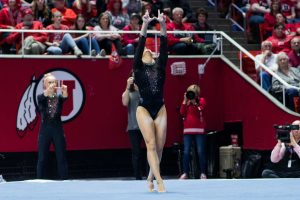
(Photo by Curtis Lin | The Daily Utah Chronicle)
Going hand-in-hand with chest level is landing. Stepping out of bounds during a routine is a 0.1 point deduction. On tumbling passes, gymnasts are allowed to go into a lunge, and it counts as a stick. This is something called a controlled step. If the foot slides back on the controlled step, then it is a 0.05 point deduction.
University of Utah Red Rocks gymnast Sydney Soloski is an All-American on the event and says that sliding feet is something that the average fan can’t see and might not understand.
“If your foot slides there’s a deduction which most fans don’t see because they are up so high and they think it’s perfect,” Soloski said.
She also says that, at this point, she doesn’t think about the carpet because she has done floor routines for such a long time.
“I’ve run on that floor for 15 years. You just kinda get used to the carpet. Some are [more] slippery than others, but that’s not really in your mind when you are going,” she said.
There are also deductions on the form that the gymnasts have during their passes — things like crossed legs during their acro-skill as well as issues when they are in pike on their pass.
Just like on the beam, gymnasts are required to have jumps and turns in their routine. Similar to the beam, they must have a split that is 180 degrees.
Just like on all other events, a fall is a 0.5 point deduction.
Choreography and Music:
Floor is the event that the fans can get the most involved in. Season ticket holders see the same routines at every single home meet and learn some of the moves the more they see it.
Since there are no words that go with the music during these routines, it is up to the gymnasts to make sure that the crowds are engaged and enjoying the routines.
That is where BJ Das comes in. She is the volunteer coach for the Red Rocks and has taken on the task of making sure that all the routines at Utah not only show off the gymnasts skills but also get the crowd involved.
“I like to give them specific moments when they connect with the audience and the judges. I also like to have some elements that are simple enough for the fans to join in,” Das said. “The hope is for the audience to have permission to dance along with them during the routine and also maybe find some other dance moves they like to do with them. Or like little U-T-A-H chants that the rest of the team does with them. We love when the audience contributes to that.”
Soloski’s music is more upbeat and, according to her, the team likes to gear the routines towards the fans more than to the judges.
But to both Soloski and Das, the crowd involvement doesn’t matter unless the performance is through the roof.
“The performance is definitely one of the bigger components. Like the tumbling is where most of the deductions come out, but in order to score pretty high, you have to have good choreography and performance which comes from the music,” Soloski said.
To Das, performance is what gets the 10s the fans love to see.
“Aside from tumbling and the leap elements, especially in college gymnastics, one of the single most important elements because that is what separates the good gymnasts from the from the great is the presentation and the entertainment value,” Das said.









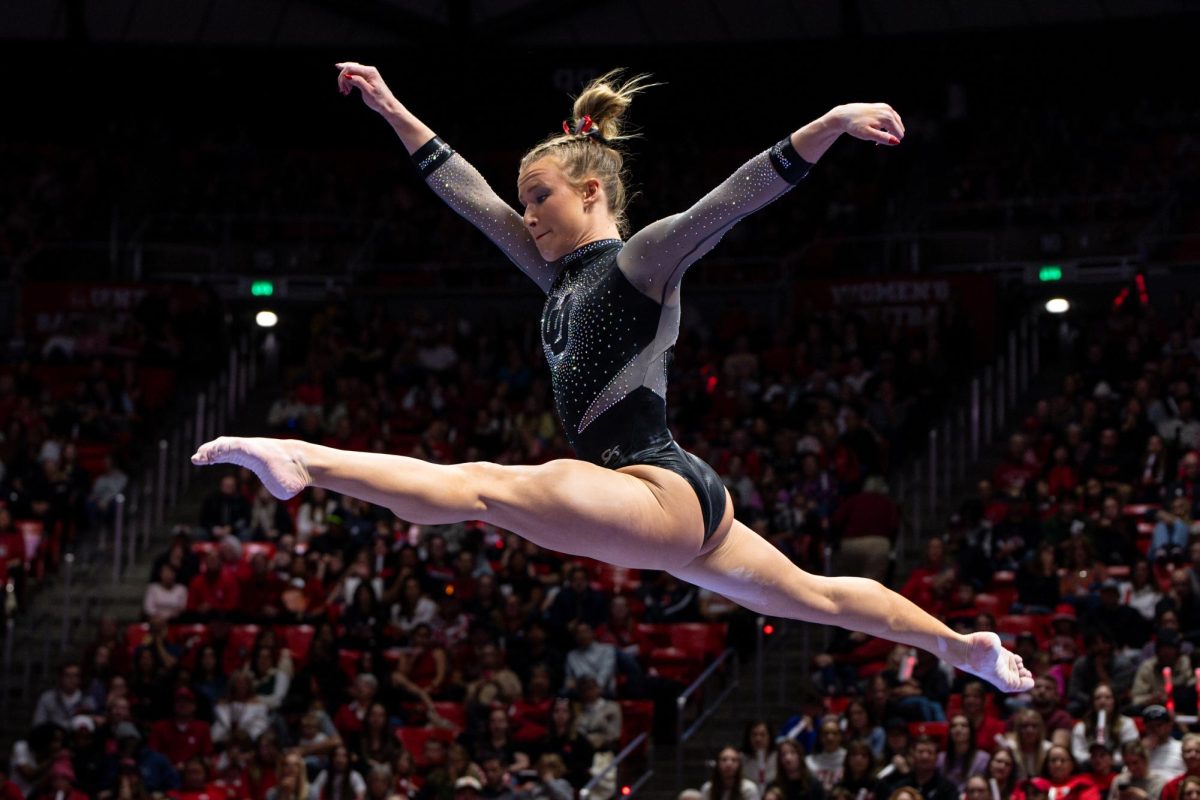
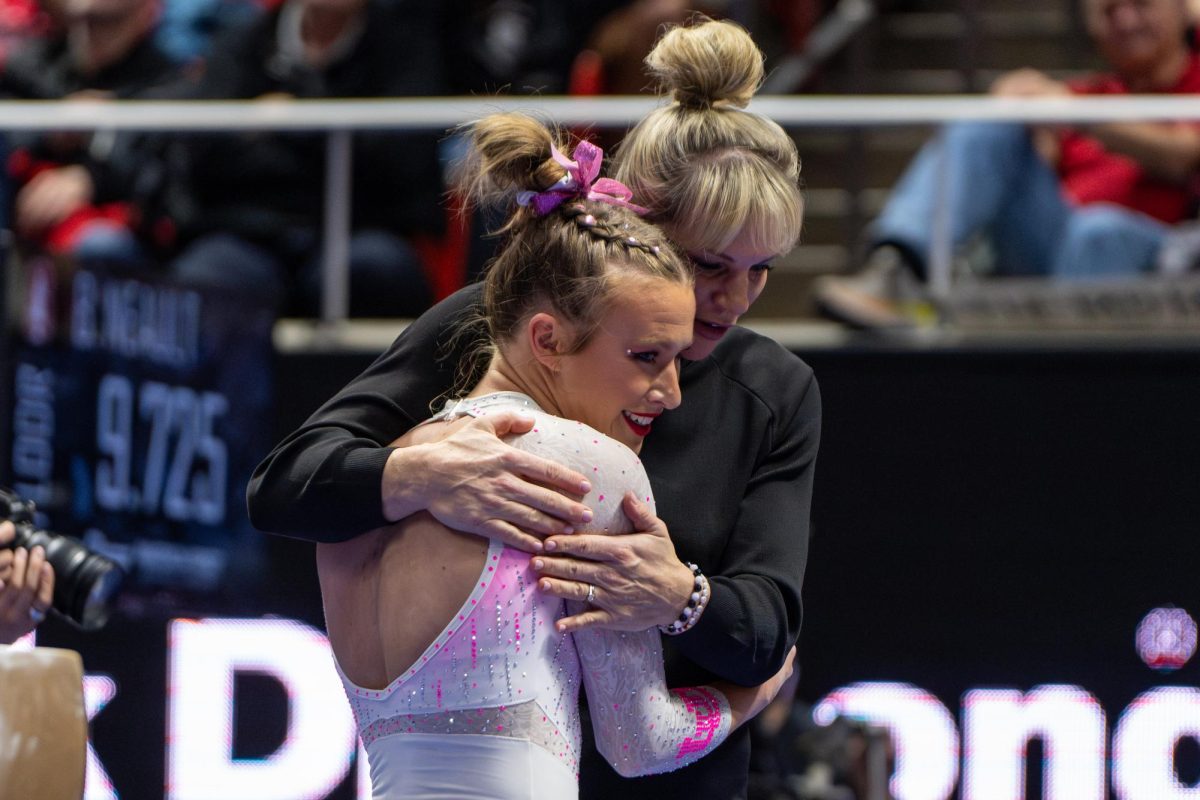
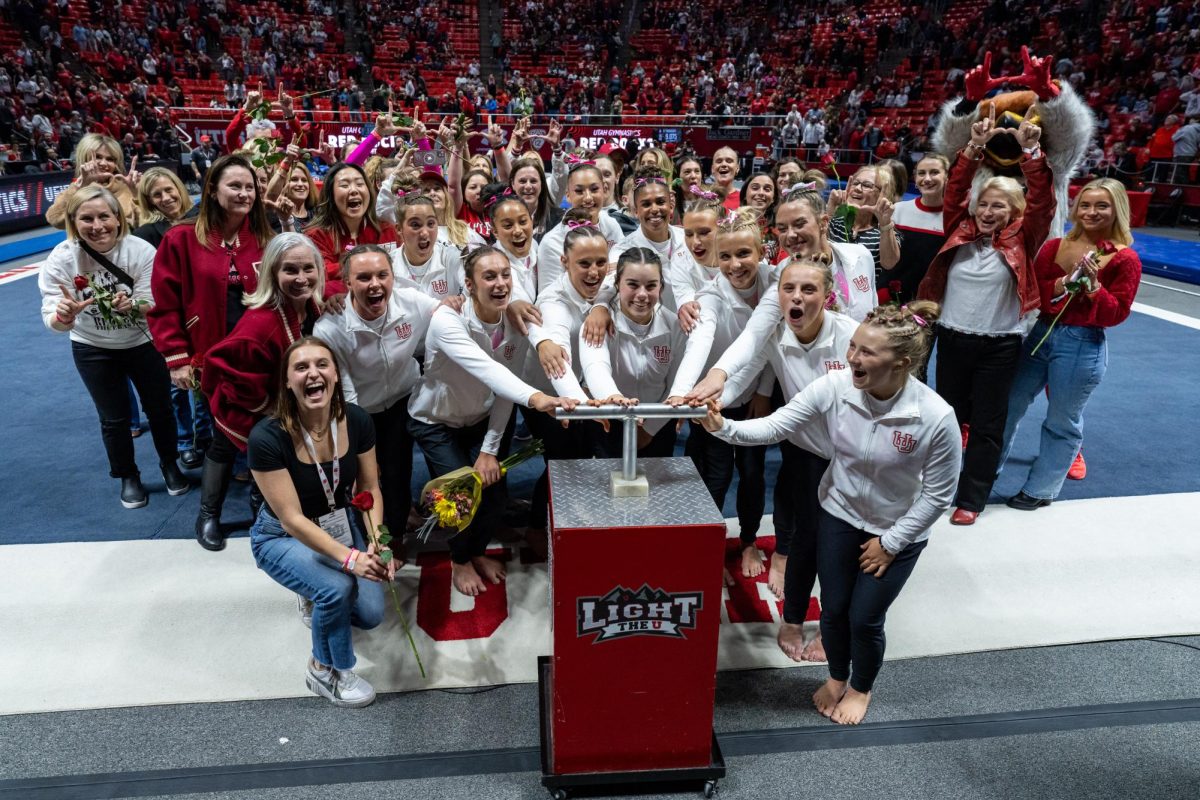

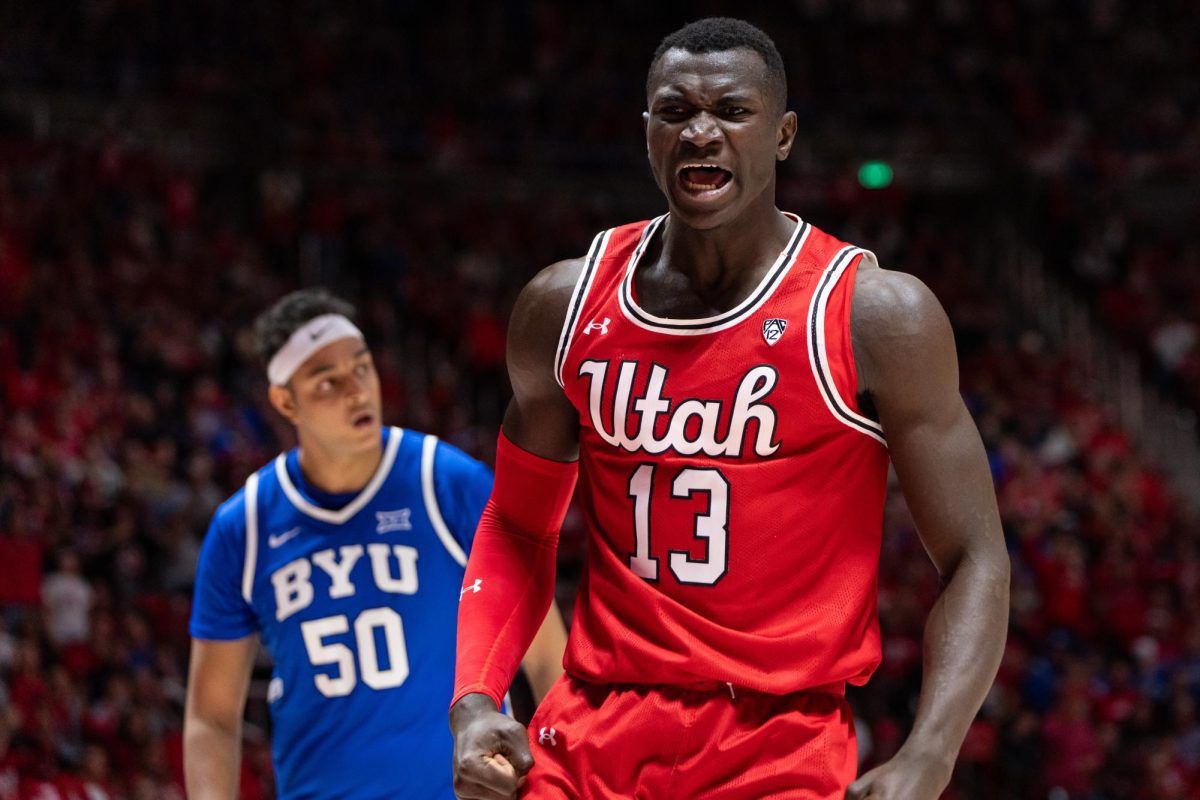



LEONARD KOCH • Apr 1, 2019 at 5:47 pm
excellent article- concise and full of accurate info. well done sammy